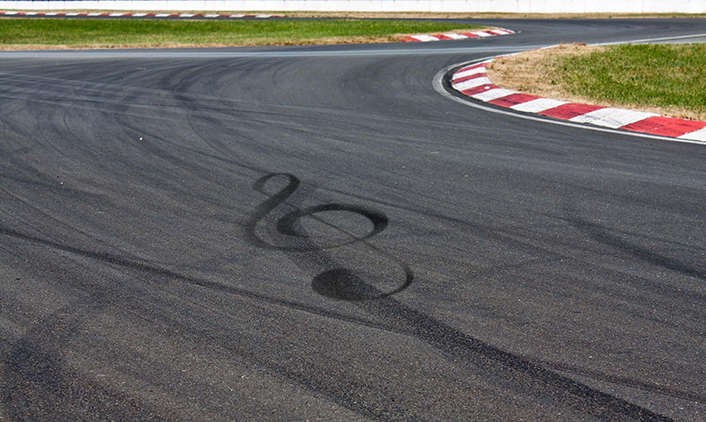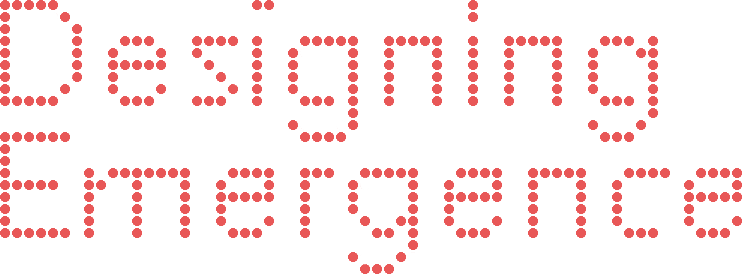Circuits with Circuits: Flow and Pass

Harmonic Tracks
When racing drivers talk about their favorite race tracks, they are most concerned with the way the track feels to drive. Like all things subjective, its impossible to measure this feeling objectively. Nevertheless, almost all drivers will agree that certain tracks are more fun to drive than others. If drivers have a hard time describing why a certain race track feels better than another, it is doubly difficult for track designers to envision this feeling when they are designing the tracks. Of course, tools such as VR and racing simulators allow us to get a sense of what it is like to drive the track. However, these tools require a lot of resources to test with and usually come in towards the end of the design process. I want to create a tool that can give designers a sense of the flow of the track right from the onset.
 While listening to drivers talk about various racing circuits, I kept hearing words such as “rhythm, sequence, up and down, technical, etc.” which reminded me of music. The more I thought about it, the more similarities I found between a track’s flow and a piece of music. They both are subjective, follow a specific sequence, and while it is clear that some pieces of music are better than others, it is hard to pinpoint exactly why. What if we could somehow listen to the flow of a racing track? If there is a correlation between the aesthetics of the track and the piece of music, then designers would be able to hear the flow of the track and eliminate any ‘jarring or discordant’ sections before the track has left the sketchbook.
While listening to drivers talk about various racing circuits, I kept hearing words such as “rhythm, sequence, up and down, technical, etc.” which reminded me of music. The more I thought about it, the more similarities I found between a track’s flow and a piece of music. They both are subjective, follow a specific sequence, and while it is clear that some pieces of music are better than others, it is hard to pinpoint exactly why. What if we could somehow listen to the flow of a racing track? If there is a correlation between the aesthetics of the track and the piece of music, then designers would be able to hear the flow of the track and eliminate any ‘jarring or discordant’ sections before the track has left the sketchbook.
I am going to test this hypothesis by making a tool that will transform a race track into a music track and comparing it to the flow of one to the other. If it is successful, then the tool could be a great asset for track designers.
Undertaking Overtaking
Overtakes are essential to an exciting race; if you don’t agree, try watching the 2009 European Grand Prix. In recent year, it has become harder and harder to overtake in Formula 1, due to the instability in aerodynamics when following another racing car. This has resulted in features like DRS which artificially induce overtaking. A more natural solution would be to design tracks that allow overtaking, a task that is easier said than done. While there are certain types of corners that enable passes, copying and pasting these corners into new tracks doesn’t always work. An overtaking maneuver can be set up many corners prior and the best overtakes often require a racing driver to use his/her ingenuity.
Using machine learning, I believe I can gauge how conducive a track is for overtaking. I can use current tracks and train the neural network based on how many overtakes occur at each track. Any new track can be passed through the network and a ranking of poor/mediocre/ great can be attributed to the track. This will allow designers to see if their tracks will be closer to Valencia (poor) or Silverstone (great) right from the onset.


Leave a Reply